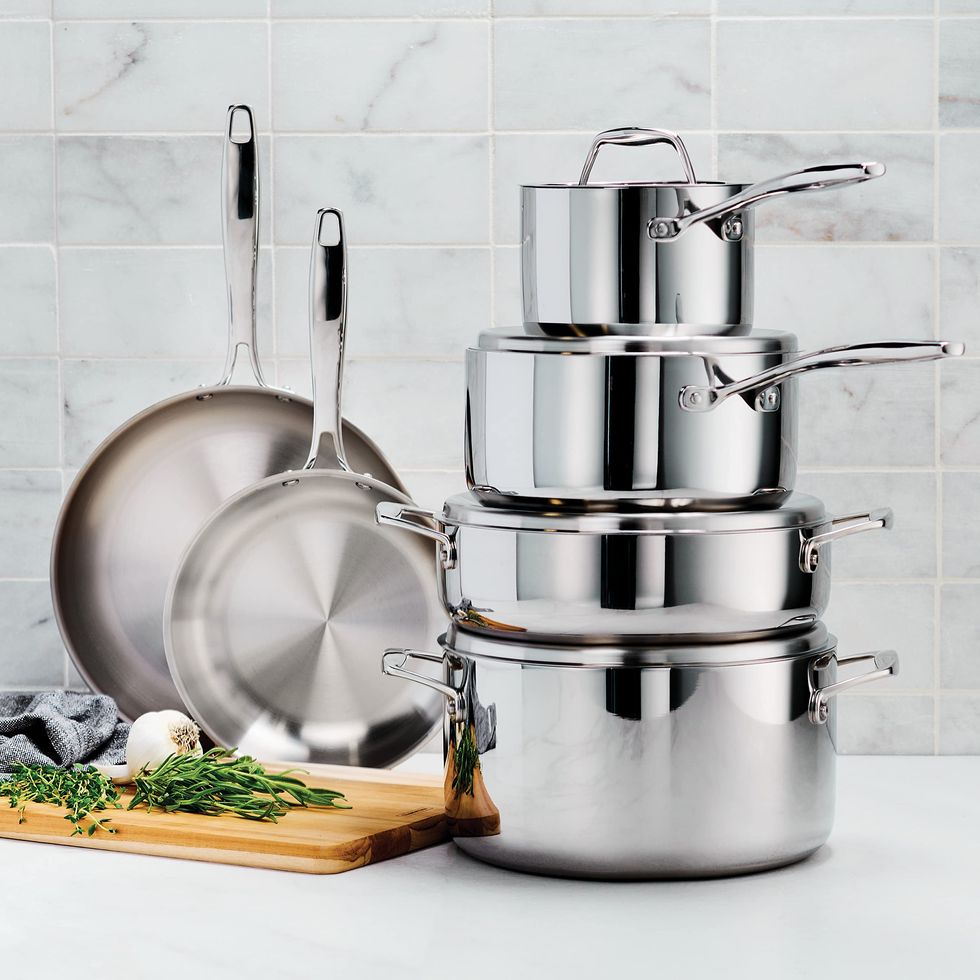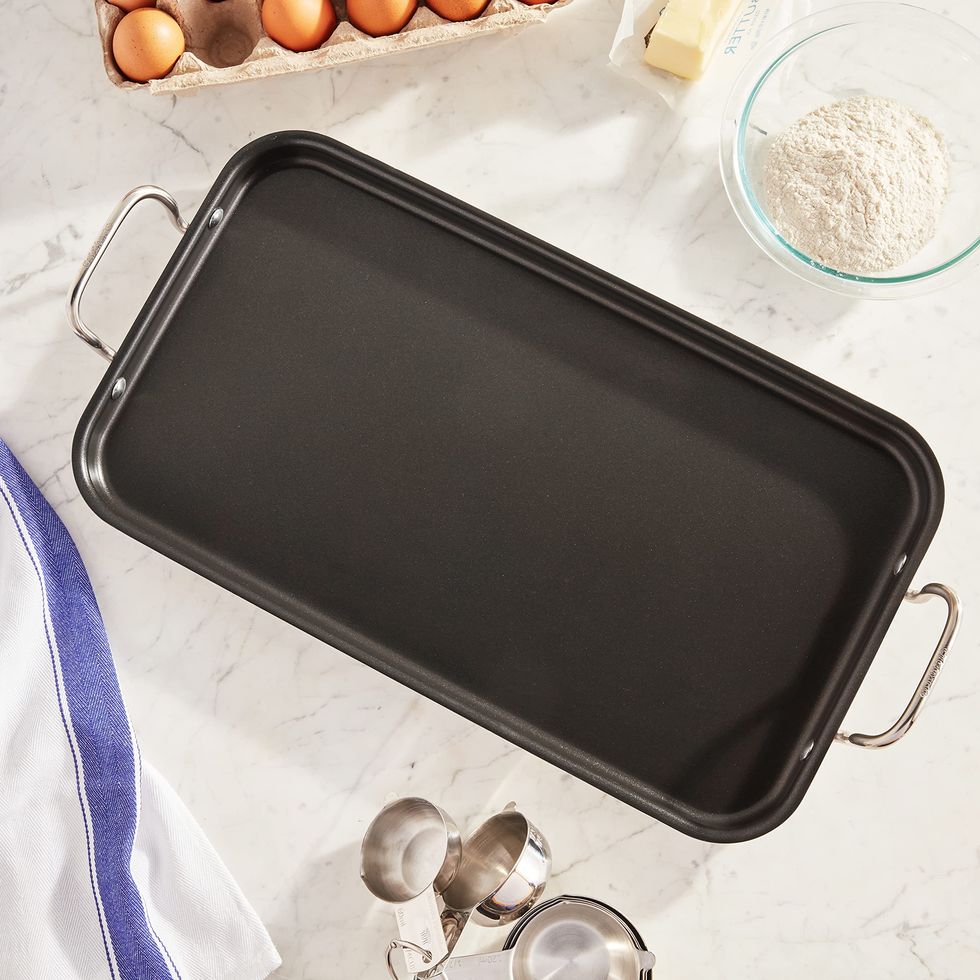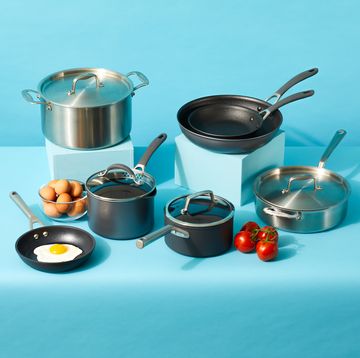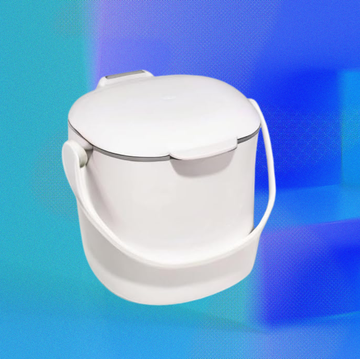The Best Induction Cookware, According to Our Expert Testing
We cooked eggs, seared steaks and boiled water to find the best induction cookware.
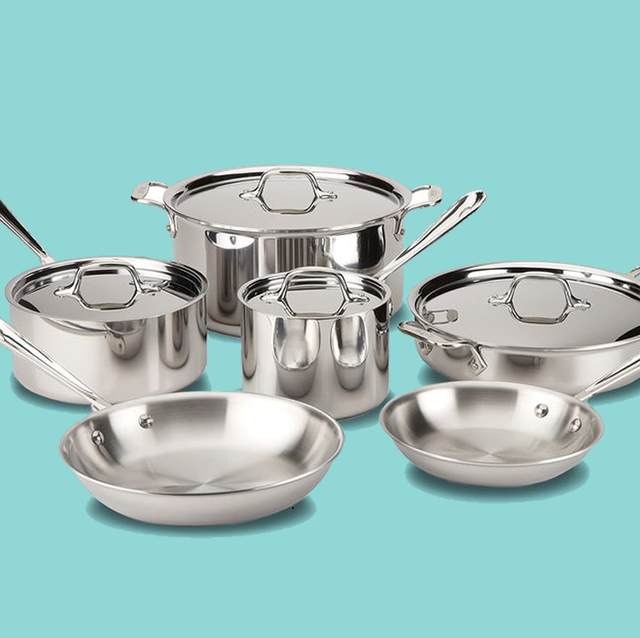
We've been independently researching and testing products for over 120 years. If you buy through our links, we may earn a commission. Learn more about our review process.
Induction cooking offers several advantages such as quick heating, faster cook times and energy efficiency. Whether you've made the switch to an induction cooktop or are thinking of switching, you may need to purchase new cookware if your current set of pots and pans are not compatible. Induction-ready cookware sets are becoming more common, especially when it comes to nonstick pots and pans, but that doesn't mean they perform equally well. We found that the best induction cookware pieces are made of cast iron or clad materials, have wide, flat surfaces that are also smooth and can make as much contact with the burners as possible and are a little on the heavier side.
In the Good Housekeeping Institute Kitchen Appliances and Innovation Lab, we've tested thousands of kitchen appliances and more than 150 sets of cookware over the years. When it comes to testing cookware for induction cooktops we test the performance of cooking foods such as steak and eggs. We also evaluate ease of use such as how easy it is to clean.
Jamie Ueda is a consumer products expert with over 17 years of experience in areas of product development and manufacturing. She has held leading roles at both mid-size consumer goods companies and one of the most notable and largest apparel brands in the world. Jamie has contributed to several of the GH Institute Labs, including Kitchen Appliances, Media and Tech, Textiles and Home Appliances. In her free time she enjoys cooking, traveling, and working out.
Perry Santanachote (she/her) has more than 15 years of experience in service journalism, specializing in food and consumer goods. She tests and reports on kitchen appliances and cooking tools. She also evaluates food products and cleaning supplies. She’s an experienced writer, product tester and recipe developer who has worked in labs, test kitchens and media organizations, including Thrillist and Consumer Reports.
Nicole (she/her) is the director of the Good Housekeeping Institute's Kitchen Appliances and Innovation Lab, where she has overseen content and testing related to kitchen and cooking appliances, tools and gear since 2019. She’s an experienced product tester and recipe creator, trained in classic culinary arts and culinary nutrition. She has worked in test kitchens for small kitchen appliance brands and national magazines, including Family Circle and Ladies’ Home Journal.
Eva (she/her) is a reviews analyst in the Kitchen Appliances and Innovation Lab, where she tests kitchen gear, home appliances and culinary innovations. She graduated from NYU with a bachelor of science in food studies, nutrition and public health and is a trained chef through the Natural Gourmet Institute. Eva has more than 10 years of experience in the food industry, working as a food stylist, personal chef and marketing manager.

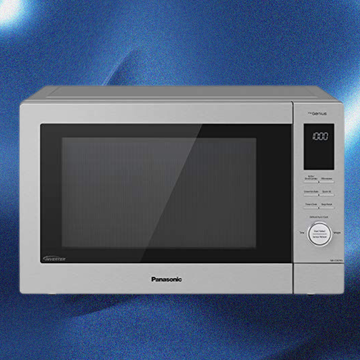
The Best Microwave Toaster Oven Combos
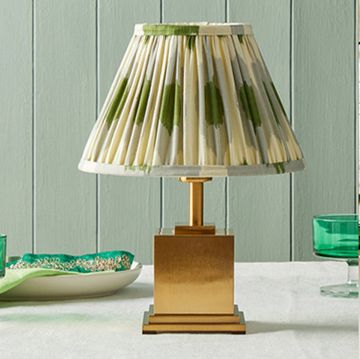
The Best Table Lamps for Any Space

Everyone’s Obsessed With This Costco Drink Stand
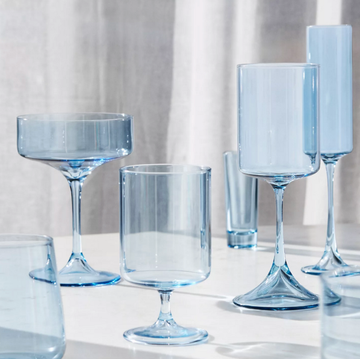
14 Antique-Inspired Colorful Glassware Sets

